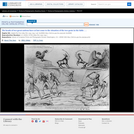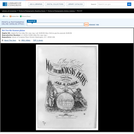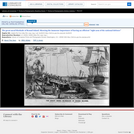
A satire on Taylor administration efforts to curtail American "filibusters," armed expeditions against Cuba for the purpose of freeing the island from Spanish rule. Specific reference here is to the Navy's blockade of one such expeditionary force, which assembled on Round Island under Colonel G. W. White in early September 1849. The many puzzling references in the dialogue and imagery here aside, it is clear that the artist is also poking fun at the expansionist dreams of Americans of the time who advocated annexation of Cuba, Canada, and even parts of South America. The artist is critical as well of the current Cuban regime. On the shore of Round Island, the would-be invaders sit at a long rustic banquet table. Nearby several youths play with marbles and hoops, while two boys and a man ride a seesaw. Beyond, two men fly star-shaped kites which read "Cuba" and "Canada." The table is set with food, apparently taken from two large baskets at right. Several of the banqueters toast, "The Queen of Slave Traders!" "The Republic of Sierra Madre!" and "Venezuela! St Domingo! and Yucatan!" A man at the head of the table, holding a "N.Y. Express Proclamation" (perhaps Zachary Taylor's 1848 proclamation denouncing the expedition) addresses them, "You should thank us ye Pirates and Robbers of Cuba for saving you from [Spanish governor of Cuba Federico] Roncali's Garrote." One of the diners protests, "We are no Pirates! we dont kidnap people from the United States nor from Africa" (a reference to the Cuban government's alleged abduction of Juan Francisco Garcia y Rey from New Orleans in July 1848 and to Cuba's slave trade). Offshore are several boats, including a U.S. naval frigate with the words "Nine Millions a year" emblazoned on its sail and a small sloop. A man in the sloop calls out to the frigate, "Help! Help! dont let Roncali trample on your laws." The man is former Havana jailer Juan Francisco Garcia y Rey, now held by the Spanish government for freeing Cuban revolutionaries. Garcia y Rey had appealed for help to the American government, on the basis of his illegal abduction by the Spanish consul. To his call comes the response, "We dont care for the laws we are reaping laurels. Mr. Rey." Others on deck on the American ship converse, saying, "This is as safe and more glorious than Tampico" and "La Cronica will let the Negroes loose upon those who escape from the proclamation."|Probably published in New York.|Title appears as it is written on the item.|Weitenkampf, p. 100.|Forms part of: American cartoon print filing series (Library of Congress)|Published in: American political prints, 1766-1876 / Bernard F. Reilly. Boston : G.K. Hall, 1991, entry 1849-5.
- Subject:
- History
- U.S. History
- Material Type:
- Diagram/Illustration
- Primary Source
- Provider:
- Library of Congress
- Provider Set:
- Library of Congress - Cartoons 1766-1876
- Date Added:
- 06/08/2013
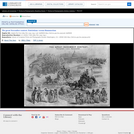
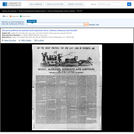
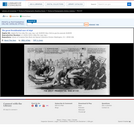
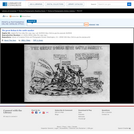

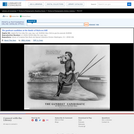
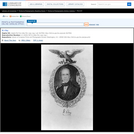
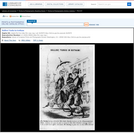
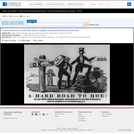
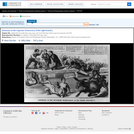
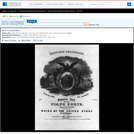
![["Harrison & Tyler" Campaign Emblem]](https://img.oercommons.org/160x134/oercommons/media/upload/materials/screenshots/materials-course-76001.png)
